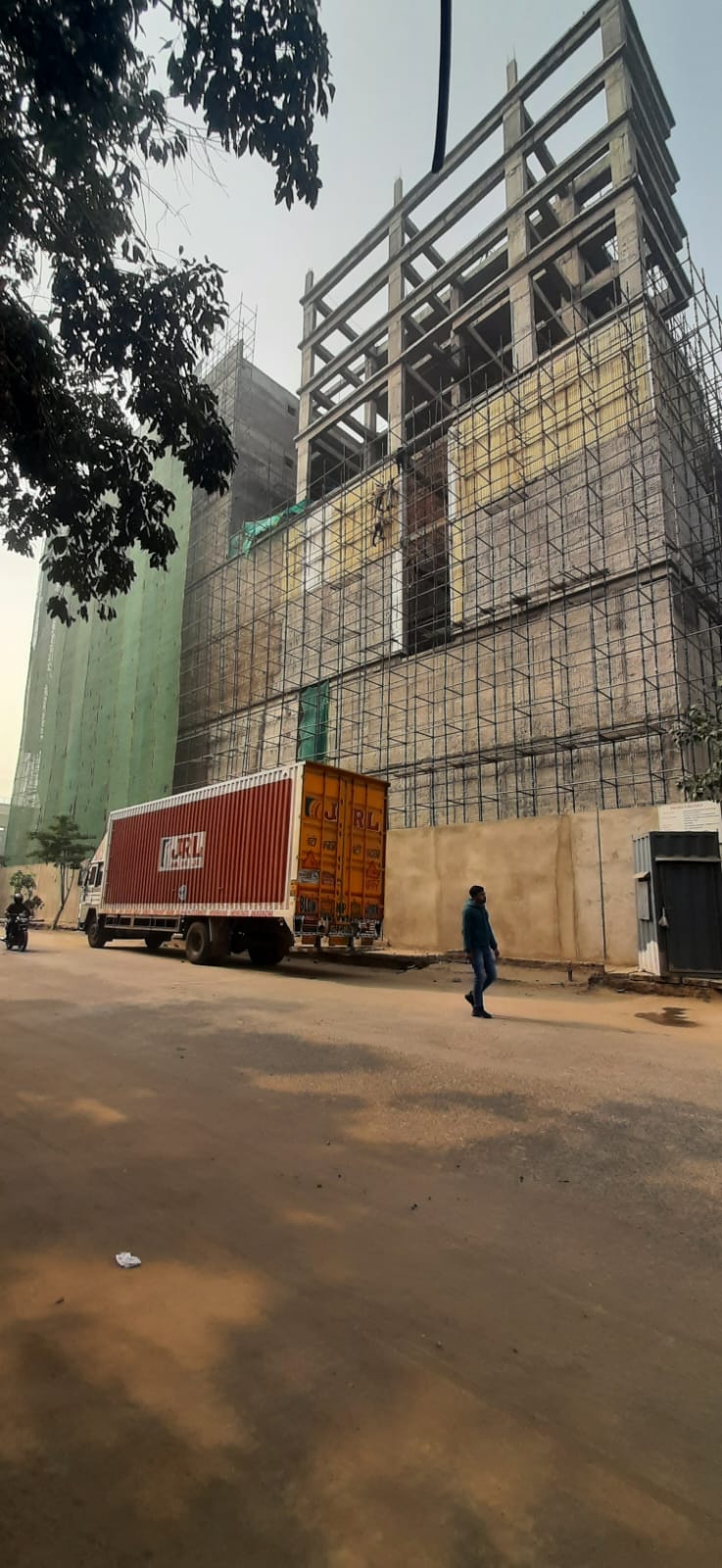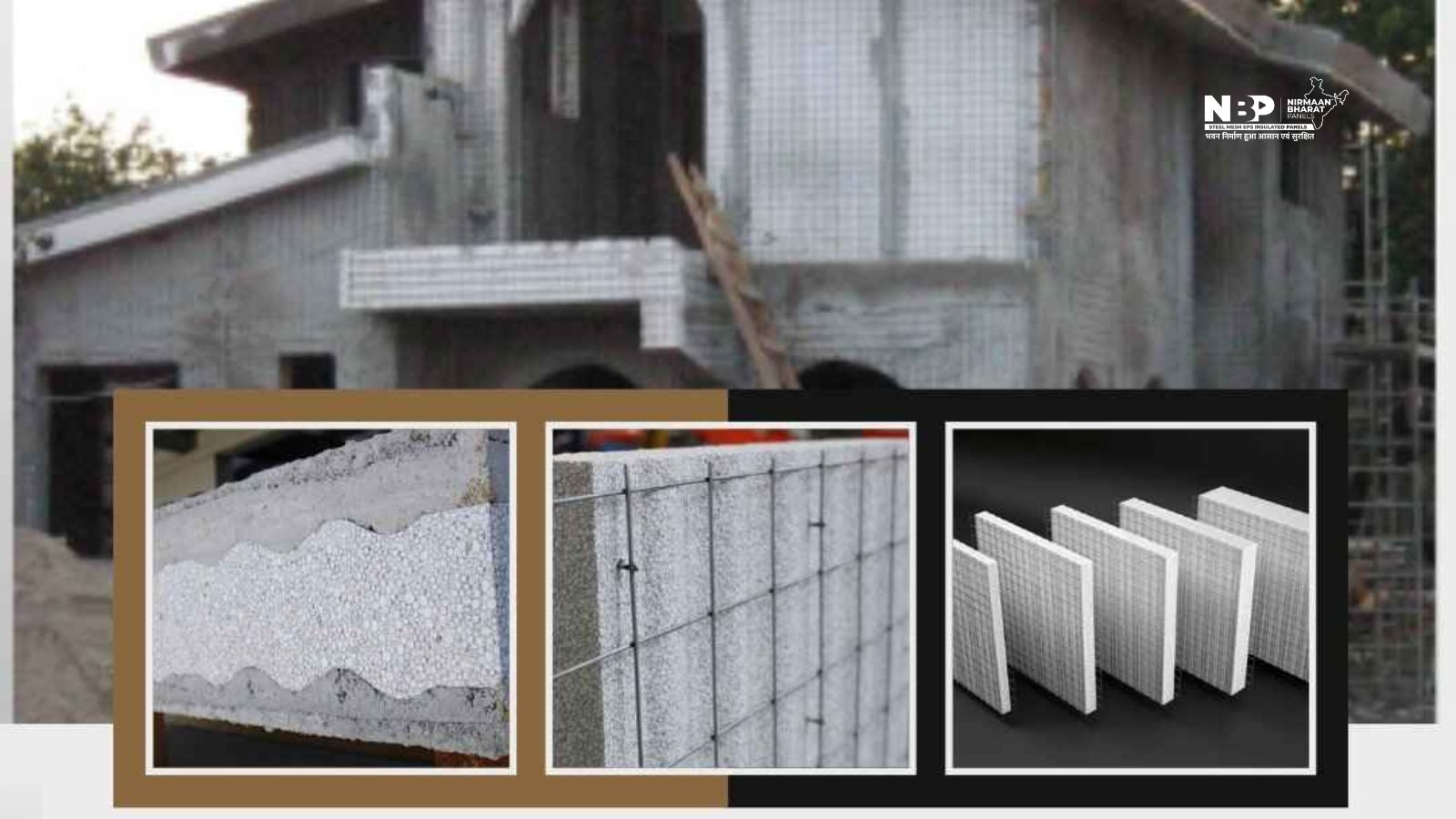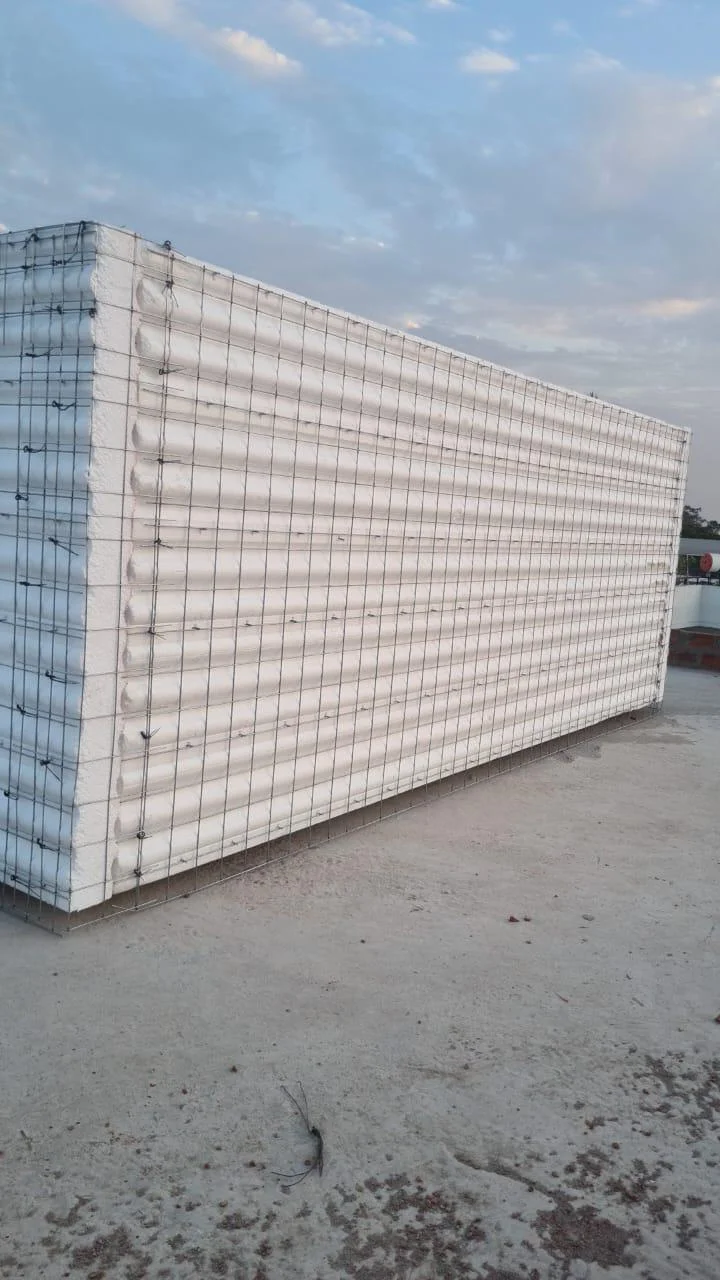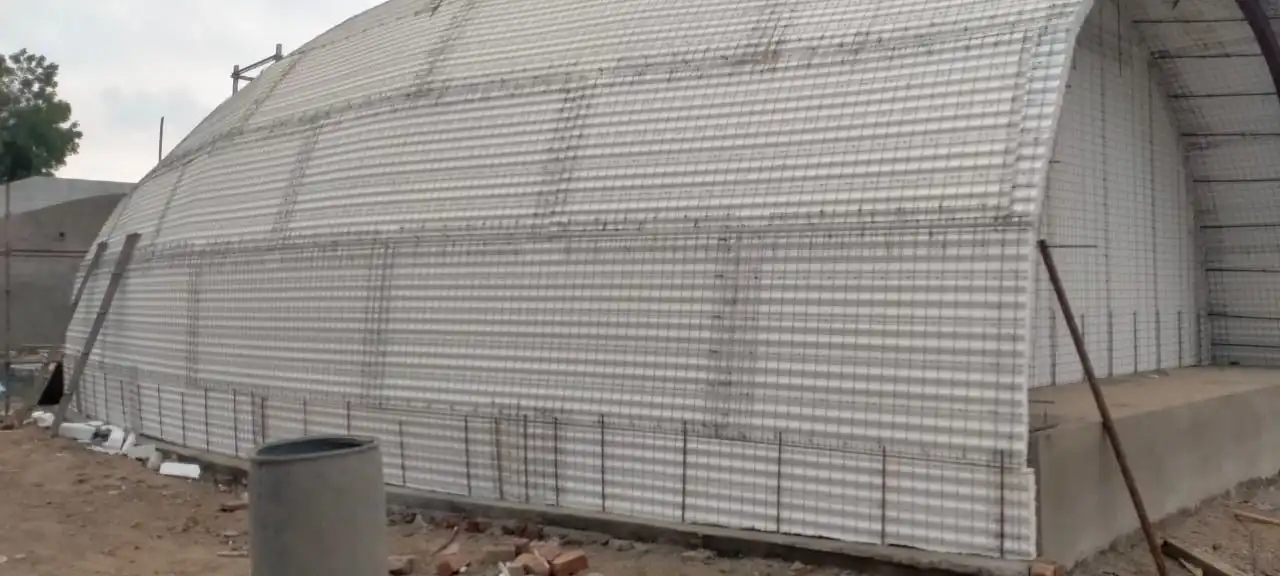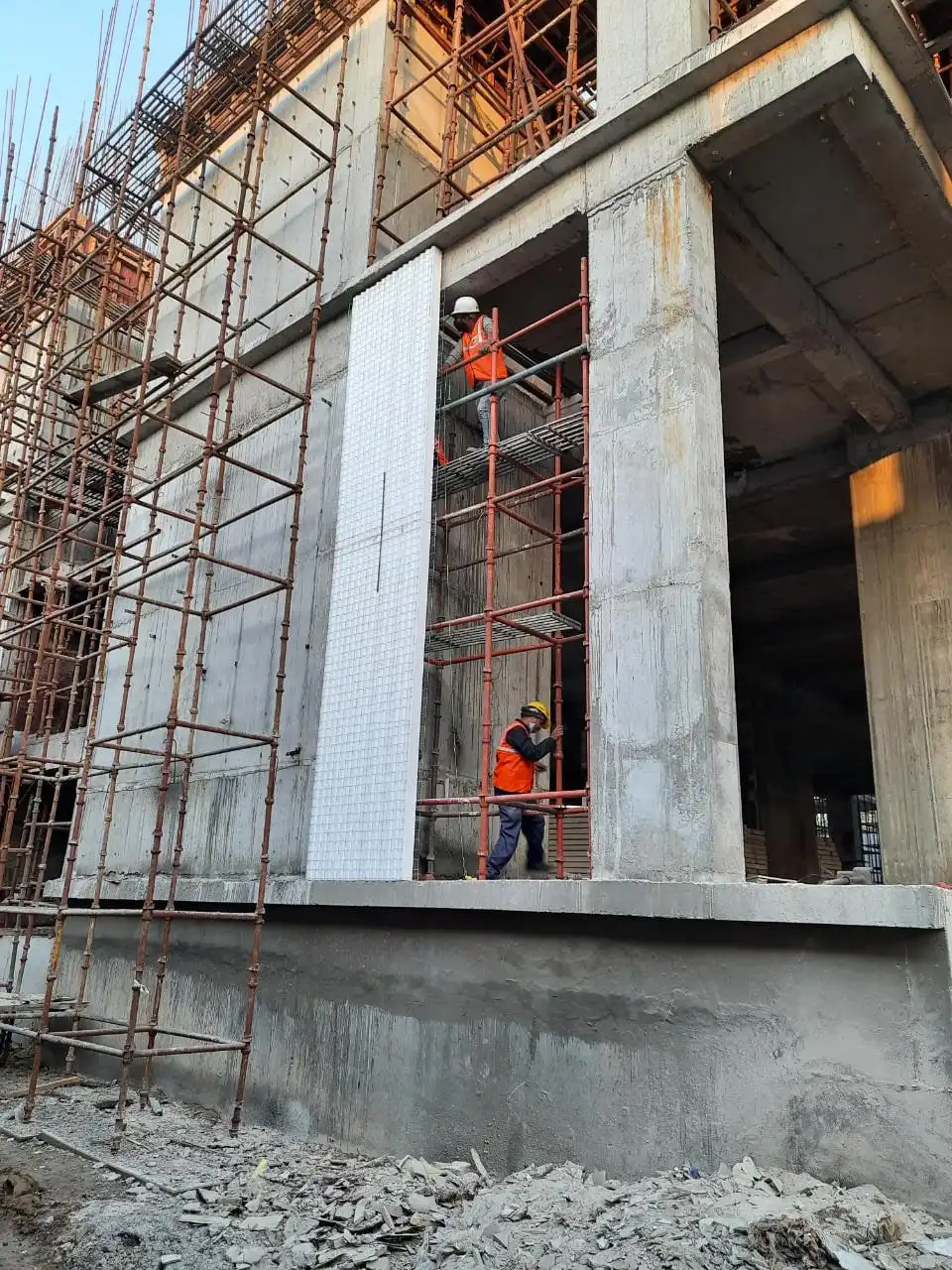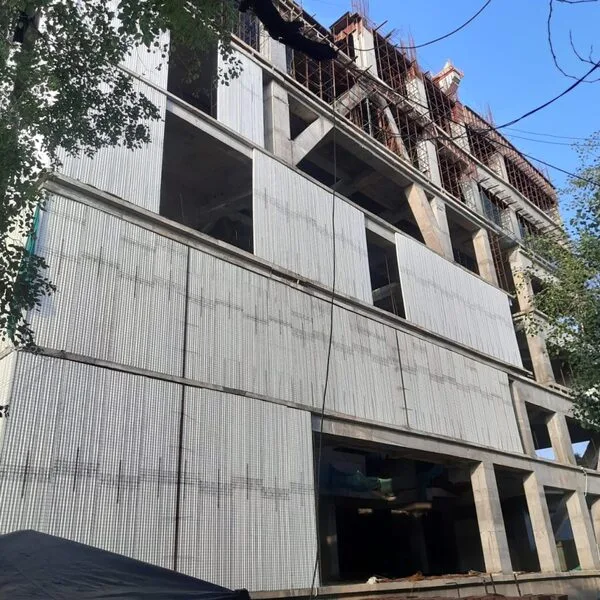In the realm of construction materials, the demand for solutions that balance efficiency, affordability, and safety is ever-growing. Expanded Polystyrene (EPS) panels have gained popularity as a versatile building material, appreciated for their insulation properties and cost-effectiveness. However, a critical consideration in construction is fire safety. In this blog post, we will delve into the fire-resistant characteristics of EPS panels to help you make informed decisions when choosing materials for your construction projects.
Table of Contents
ToggleUnderstanding EPS Panels:
EPS panels are composed of expanded polystyrene foam, a lightweight and rigid material derived from petroleum byproducts. These panels are renowned for their excellent thermal insulation, making them a preferred choice for walls, roofs, and floors in both residential and commercial buildings. Despite their numerous advantages, questions often arise about the fire-resistant capabilities of EPS panels.
Fire Resistance of EPS Panels:
The fire resistance of EPS panels can be attributed to their composition and manufacturing process. EPS panels are typically manufactured with a flame retardant additive that inhibits the spread of fire. The flame retardant properties of EPS are crucial in ensuring the safety of structures, especially in the event of a fire outbreak.
EPS panels exhibit a low ignition temperature, meaning they require a higher external heat source to initiate combustion. Moreover, the closed-cell structure of EPS foam restricts the flow of air, limiting the oxygen supply necessary for sustaining a fire. This characteristic significantly contributes to the fire-resistant nature of EPS panels.
Fire Testing and Ratings:
EPS panels undergo rigorous fire testing procedures to determine their fire-resistant capabilities. These tests evaluate factors such as ignition time, flame spread, smoke production, and the ability of the material to self-extinguish. Based on the results, EPS panels are assigned fire-resistance ratings.
It is essential for consumers and builders to be aware of these ratings, as they provide valuable insights into the performance of EPS panels in the face of fire. Understanding the specific fire-resistance classifications will aid in making informed decisions about where and how to use EPS panels in construction projects.
Applications and Regulations:
Despite their fire-resistant properties, there are certain applications where the use of EPS panels may be restricted or subject to additional safety measures. Building codes and regulations vary across regions, and it is crucial to comply with local guidelines to ensure the overall safety and structural integrity of a building.
In high-risk areas, such as buildings with higher occupancy or stringent fire safety requirements, additional fire protection measures may be necessary. This can include the use of fire-resistant coatings or the incorporation of other fire-resistant materials in conjunction with EPS panels.
Conclusion:
In conclusion, EPS panels offer a compelling combination of insulation, cost-effectiveness, and fire resistance in construction. While their fire-resistant properties are notable, it is essential to consider the specific needs of each construction project and adhere to local building codes and regulations. By understanding the fire-resistance ratings, testing procedures, and applications of EPS panels, builders and consumers can confidently integrate this versatile material into their projects while prioritizing safety and compliance.


